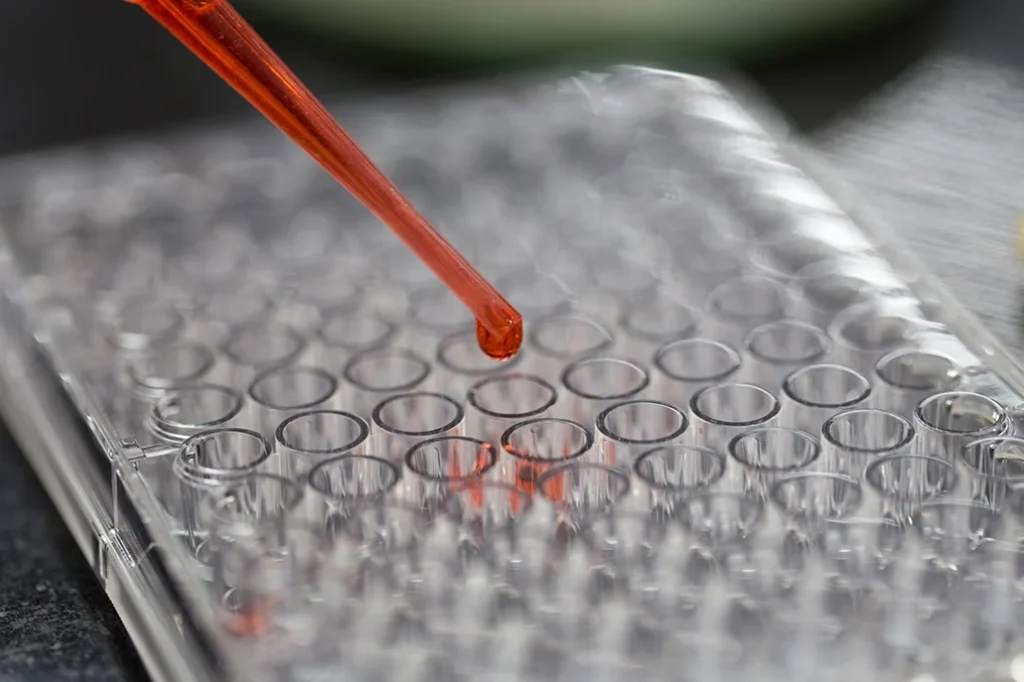Receptor occupancy (RO) assays are a powerful tool for pharmacokinetic/pharmacodynamic evaluations of candidate drugs and biologics. RO assays can also be used toward dose selection for candidate molecules being evaluated in clinical trials. Flow cytometry-based RO assays are currently being used in many sectors of biopharmaceutical drug development. Consider these five things to know about RO assays if you are planning to use this type of assay in your preclinical research.

1. Which type of RO assay should I use? There are three different formats of RO assays that most users consider:
- Free receptor assays measure unbound cell surface receptors.
- Occupied receptor assays use anti-drug antibodies to measure drug bound receptors.
- Total receptor assays measure both unoccupied and occupied receptors with an antibody that does not interfere with drug binding to that specific receptor.
The choice of which format you use depends on how your drug or biologic functions or if you are trying to determine a mechanism of action. The type of drug you are evaluating may dictate which format you need to use, especially when you determine what the reportables will be for your particular RO assay.

2. What type of cell should I use? The cell type you use for an RO assay depends on the abundance of the specific drug receptor on a specific cell. If you have an abundant receptor, you will be able to measure RO in a broad dynamic range. If you have a relatively rare receptor, then it may be difficult to accurately measure RO. Data normalization also helps adjust for inter-assay receptor variations. Consider evaluating receptor expression levels in your cells of interest to determine which cells are suitable for RO assays.
3. How should I handle my samples? Sample collection and preparation may alter receptor expression on your target cells. If blood is collected in tubes with anticoagulants, then receptor expression and receptor binding can be altered. Be sure to evaluate sample collection and processing conditions using pilot experiments in order to assure that RO measurements are not altered.
4. Timing is key. Drug or biologic-bound receptors may be internalized by cells, so determining how long cells can be exposed to drug and how drug-receptor binding can be stabilized will give you more reliable and consistent RO measurements.
5. Species situations. Many preclinical studies may be done in non-human primates but dosing will eventually need be determined for human clinical trials. Be sure to compare receptor expression between species in order to determine if animal model data can be used to estimate dosing.
Flow cytometry-based RO assays can be a powerful tool to leverage preclinical research. Be sure to work with experts to assure the success of your next Receptor Occupancy assay.

